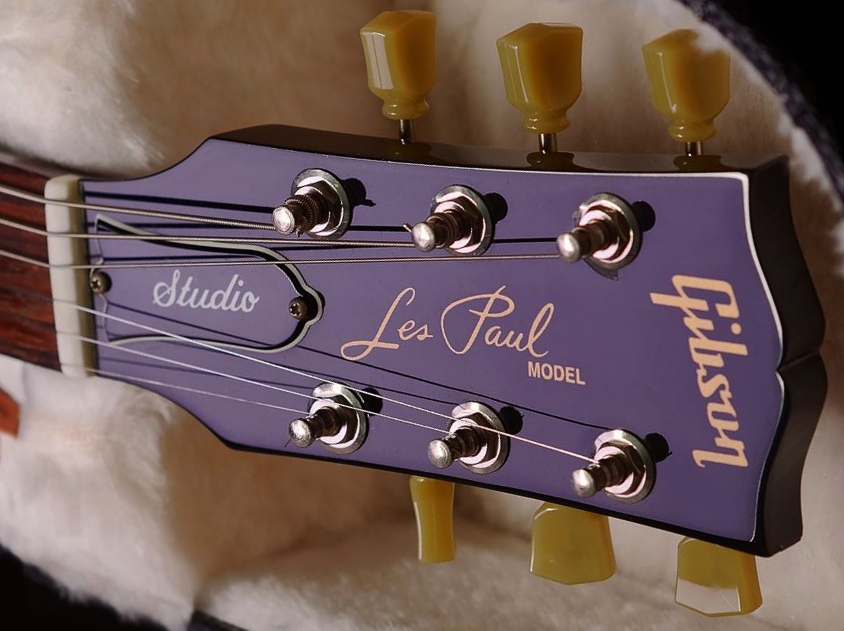
Given the long history of music, it’s easy to miss that we live in a golden age. Musical instruments, musical scores, and acceptable (MP3) or excellent (CD) recordings of great music are readily available though, sadly, really good playback systems remain somewhat expensive and quite rare. In any case, I thought it would be interesting to take a quick look at how we got here.
Human beings struggled for thousands of years to write down how music sounds. Inspired by the efforts of the Catholic church, modern musical notation had its origins in medieval Europe about a thousand years ago. By 1700, around the time Johann Sebastian Bach began composing, musical notation had achieved most of the form that musicians and piano students still use today.
In the late 1800s sound recordings were developed — a really remarkable technology considering that neither electric amplification, the airplane, nor the motor car had yet been developed. But by the early 1900s, really popular recordings were selling hundreds of thousands of copies.
Then, in 1948, how music is recorded, and even created, was dramatically changed by guitarist and electronics inventor Les Paul, best remembered today as the namesake of the Gibson Les Paul electric guitar.
Les Paul got hold of one of the new-fangled tape recorder machines (ask your grandparents…) and added another recording head. This was, in effect, a very rudimentary form of what we now call “multi-track recording.”
Les Paul’s system allowed him to start by recording one instrument or voice (in other words, recording one “track”) and allowed him to later record more voices and instruments (“tracks”) onto the original recording. Hence, multi-track recording.
Later multi-track systems were much easier to use than Les Paul’s original, with a separate recording and playback capability for each track, but the principle remained the same — different tracks could be recorded at different times, and even in different places, then combined and perfectly synchronized, so one or two (or just few) musicians and vocalists can sound like a large ensemble. Today, virtually all audio recording is done this way.
This technology has become so common that it is available for home computers, which brings us full circle in the history of music.
Here we have an adaptation of the Prelude from Johann Sebastian Bach’s Unaccompanied Cello Suite No. 1 in G major, from around 1720, re-arranged for eight cellos instead of the single cello for which Bach wrote it.
And, no, this isn’t a set of cello-playing octuplets; it’s the product of multi-track recording of one cellist, Steven Sharp Nelson, playing eight different cello parts, with both music and video tracks laid very precisely, one over the other, to obtain this finished product, all done on a home computer — J.S. Bach meets Les Paul:
Copyright 2018 by Toni Pfau. All rights reserved.
Contact Toni Pfau at:
503-358-5359
13530 N.W. Cornell Road
Portland, OR 97229
Toni.L.Pfau@gmail.com
